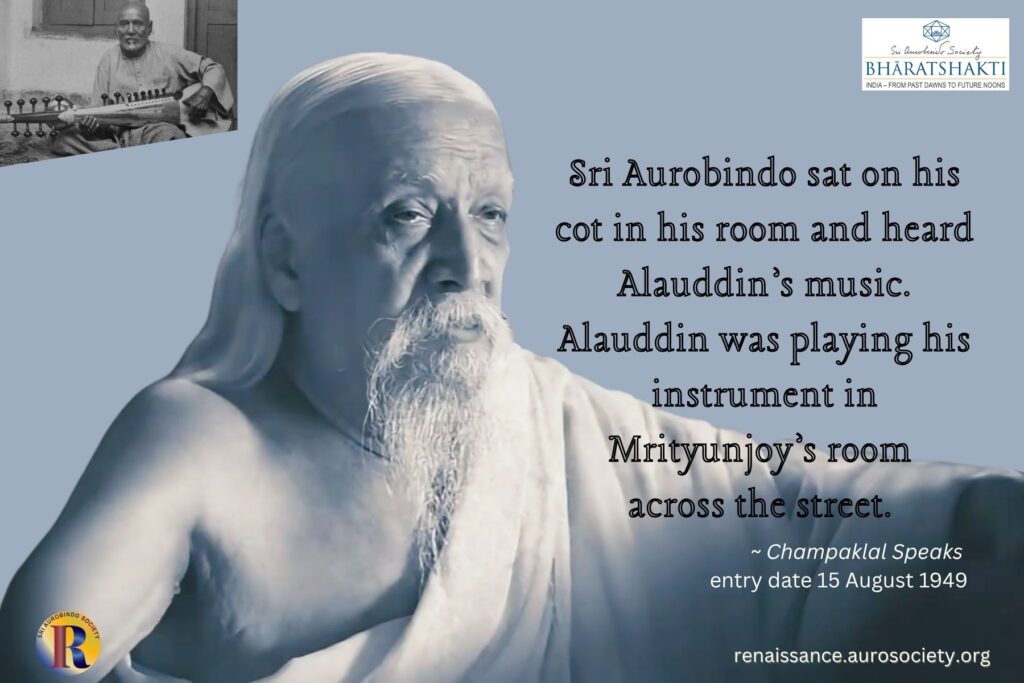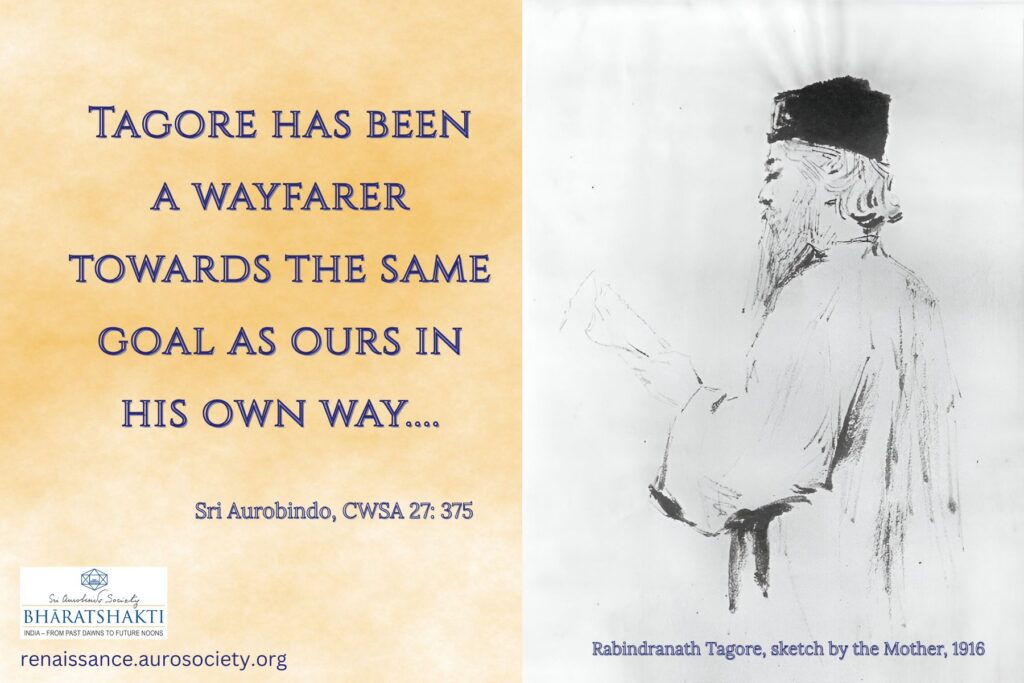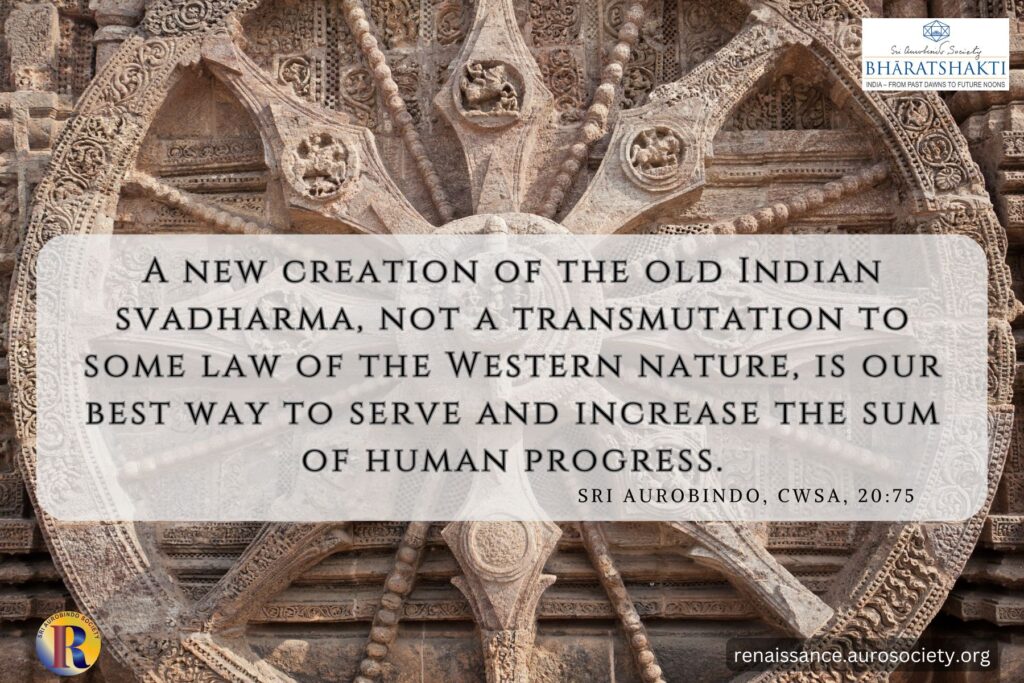Editor’s note: This essay by Amal Kiran was originally published in Mother India, August 15, 1949. What makes the analysis presented here much more significant for the future destiny of India is that this was seen and approved by Sri Aurobindo. The essay deepens the ongoing discourse on the essence of Indian national identity, Indian nationalism and Indianness, and their outer expressions.
In addition to making slight formatting revisions for the purpose of this digital presentation, we have also left out the discussion on the Soviet Union flag because the USSR no longer exists as a nation, nor does that flag.

The flutter of our flag on high is answered by a flutter of joy in every Indian heart. Our flag is the symbol or our fulfilment. It is intended to hold aloft in victory all that is most dear in our national life. With absolute devotion we stand under its happy flying sign, and wherever it beckons we are prepared to follow.
But our love for it does not imply that the pattern it bears is completely satisfying. No matter what the pattern, it can count upon our allegiance. And yet we have the right to question whether those who have designed it have dipped their imagination sufficiently into the true heart of our land.
Quick read:
National Symbols of India in the Light of Sri Aurobindo
The Flags that are Inspired
Only a few flags in the world seem to rise out of the depths of a nation’s consciousness.
England
The Union Jack is a true symbolic creation. When its lines are seen as running towards the centre, it finely expresses the meeting of many strands of race and culture that constitutes the being of England. And finely too the lines are shown as merged in the centre of a cross—emblem of the faith whose defender by title is the King. When they seem to run from the centre outwards they speak of the multi-directional, far-flung energy of the greatest empire-building country on earth.

And the three colours—red, white and blue—which are present in the design utter the enterprising spirit, the ideal of Pax Brittanica and the sea-faring mood that have distinguished the history of England.
An added appropriateness is in the blue colour serving as the background which bears the whole pattern; for it is the sea that more than anything else among material and visible influences has made England what she is.
France
The flag of France is equally true to the soul of that country. Here also are the three colours—blue, white and red. But they are put side by side, vertically, in a simple clear ordering. This ordering and that verticalness are both typical of the French genius, logical yet visionary, enthusiast at once of “the Goddess of Reason” and Jeanne d’ Arc.
The three colours in this particular sequence are also symbolic of the modern France which came to birth with the Revolution.

Blue gives the tint of liberty—it suggests the free spaces of the sky. White gives the tint of equality—the subdual of all shades of difference in a pure impartial light. Red gives the tint of fraternity—the warm blood of love and fellow-feeling and cordial communion.
United States of America
The flag of the U.S.A. is another combination of the same colours in a significant scheme. The French ideals are also those of the United States, but with a different psychology.
The United States is a continent as much as a country, it is full of diversity held together by a common spirit. The many white stars and the same single blue within which they are set are beautifully expressive of the various unified richness, no less than of the lofty dream of everlasting equality and never-ending liberty.

The alternate white and red stripes in a long repetition voice too the association of the changing with the uniform, no less than a widespread desire for democracy and brotherhood. The lack of the red colour in the star-design and of the blue in the stripe-design and yet the presence of a common colour—the white—in both are a further symbolism of the multiple yet one race-entity that is the U.S.A. Here is also the symbolism of an insistent conviction that in spite of differences all men are equal.
Japan
Japan’s flag is a fourth example of inspired creation. The scarlet sun spraying its rays around but most emphatically to the side away from the flag-pole, the outer side which signifies the rest of the world, is strikingly true to Japan’s nature and activity. The sun is symbolic of the belief of the Japanese in being the heaven-born race, endowed with a high mission over the whole earth.
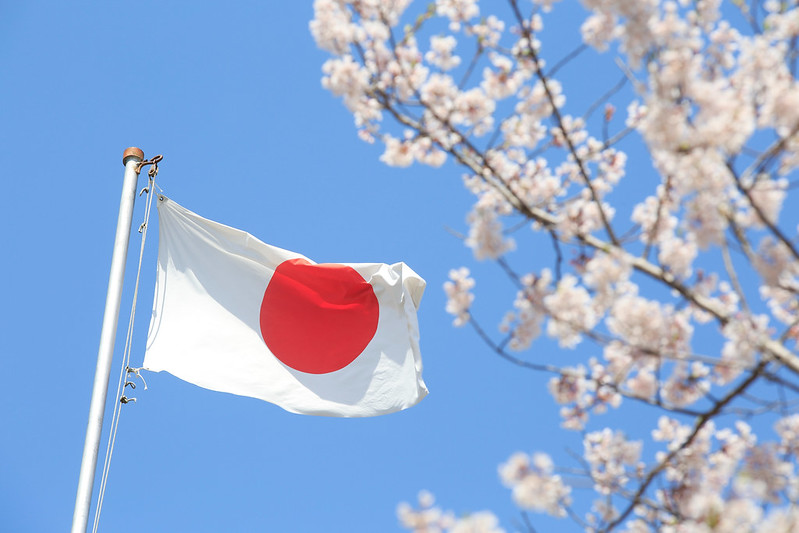
And the sun as red light depicts the life-force thrilling at the same time with a bliss of beauty and a sense of all conquering power: the predominant motives of the Japanese consciousness—the aesthetic and the martial motives—authentically shine out in the depiction.
Our Flag is Constructed rather than Created
Turkey and Pakistan have less inspiration in their ensigns, but in the crescent and star upon a crimson background and the crescent and star upon a background that is green these countries give adequate though conventional voice to the Islamic spirit. Can we say even this much about India and her flag?
No doubt, what we have designed is not without meaning; but it seems constructed rather than created.
The three colours of green, white and saffron are said to represent generous production, balanced conservation and disciplined utilisation—processes implicit in the progress of a country. The wheel in the middle is said to urge by its round shape, blue colour and twenty-four spokes the perfect and equal running of these processes; the sea-wide and sky-wide—in short, universal—application of them to our life; their persistent day-in day-out all-the-year-round need and validity for national well-being.
The wheel is declared also to be representative of the march of man towards a higher standard of living: it suggests the cartwheel, the potter’s wheel, the spinning wheel. All these interpretations have point; yet how little they strike one as bringing out the genius of India!
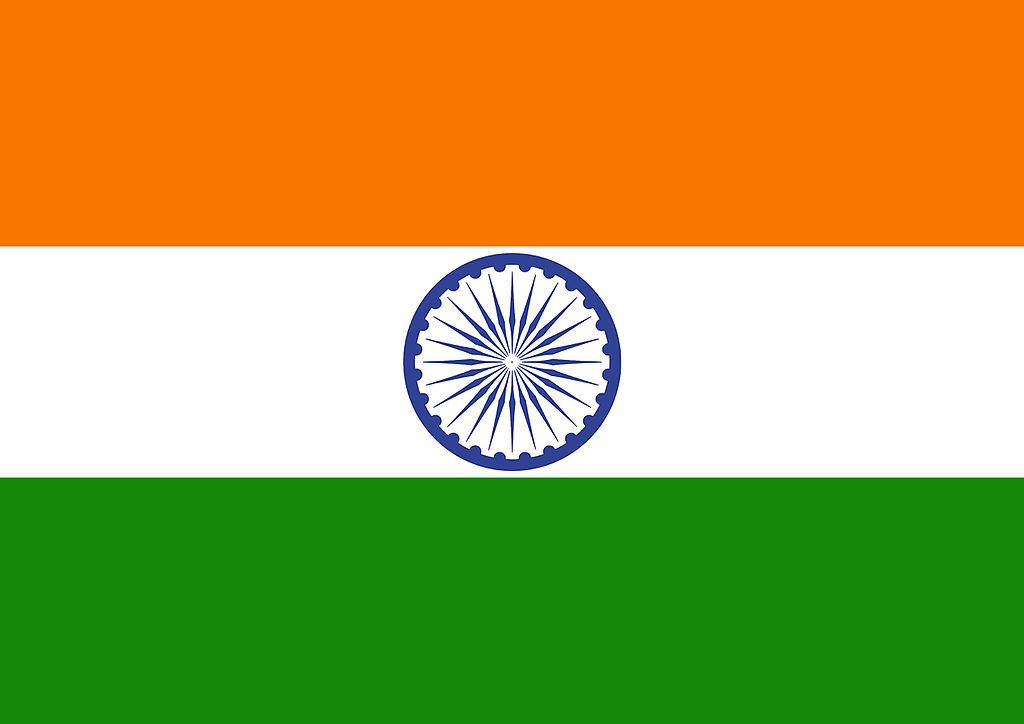
The flag appears to be an economist’s vision, concerned with the outer life and its beneficial, its profitable ordering.
Of course, the wheel comes from a pillar erected by Asoka and carries a religio-ethical association. We may, therefore, read in its message a strain of satya, ahimsa and karuna—truth, non-violence and pity. Still, the level of the vision is not much uplifted; rather, the religio-ethical association is pulled down for want of a genuine spiritual intuition irradiating it.
Economics, however moralised and humanitarian, can hardly do justice to the destiny of India.
Surely, India’s summum bonum is not compassed by a vision of well ordered, peaceful and democratic outer life scrupulously achieved and vigilantly sustained. Even if we add more nuances of significance we do not bring out India’s soul.
For instance, we may say that the three combined colours stand for the unity of the main divisions into which the communities of the country fall—the Hindus who revere the sannyasi’s saffron robe, the Muslims whose prophet favoured green, the Sikhs and Jains and Christians and Parsis who should get blended into a homogeneity like white which blends so many colours.
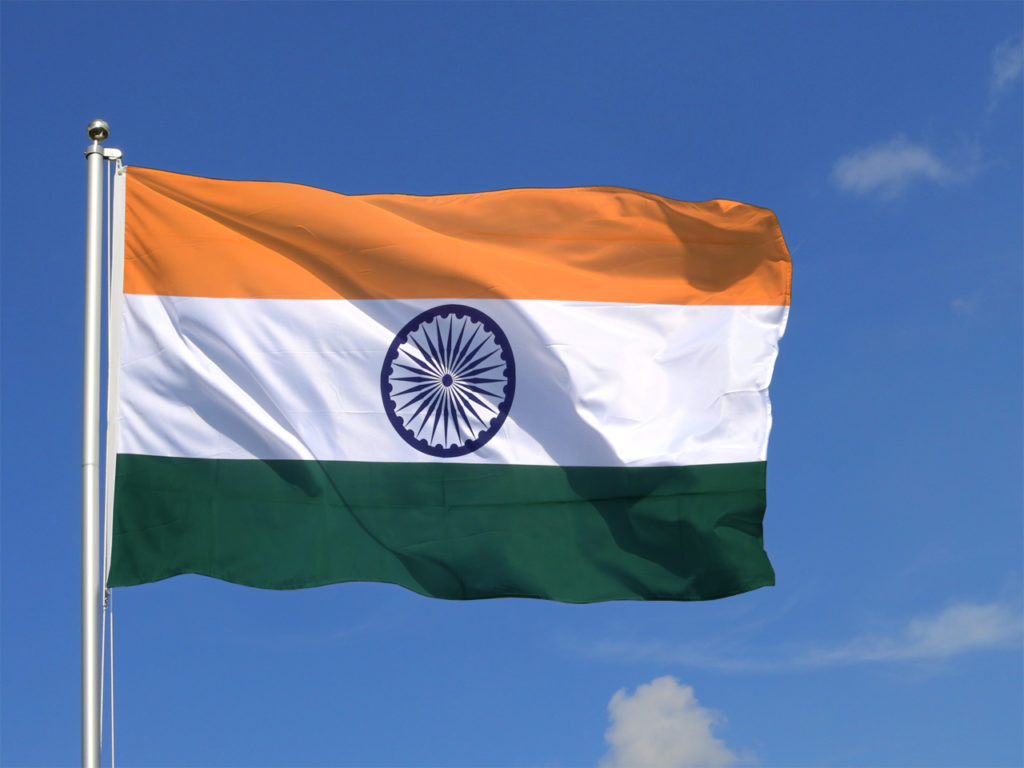
Or else we may take green to be firmness and faith like the spontaneous clinging of green things to the soil, white to be probity and purity and harmlessness, saffron to be austerity and courage and sacrifice. And we may understand by the Asoka wheel the unerring and eternal law of karma which Buddha held to be the secret power in the interminable world-process. Even then the depths of India remain unexpressed.
No Touch of the Mystical Realisation
There seems to be an attempt at embodying in the flag a thoroughly secular mood. No touch of the mystical realisation that lay at the sources of Indian history is allowed.
The only sense in which India can be secular without ceasing to be herself—the rising above creed and caste into essential spirituality and the practising of spirituality with an eye turned not merely towards the Beyond but also towards the Here and Now—this sense is evidently overlooked.
The inter-communal politico-religious tension of a particular period of our history has influenced overmuch the conception of our flag.
And another exaggerated influence is the viewing of India in terms of the worker, the labourer, the poor toiling majority: naturally such terms bring the economic values to the fore and make us see our country’s fulfilment in the right production, conservation and utilisation of outward life-resources.

The choice of that Buddhist emblem, the Asoka wheel, is in keeping with both the secular mood and the labourer-emphasis.
For, in the first place, Buddhism, by its denial of either a personal-impersonal Godhead or a persistent soul and its refusal of metaphysical exploration and its insistence on a purely psychological approach to self-perfection, functions with a sort of agnostic spirituality, a negative mysticism, and appears to do away with religion while accepting morality.
In the second place, it aims at being a rule of life for the common majority, it purports to offer a mysteryless religion, a non-esoteric revelation which all can accept.
In the third place, it puts a premium on poverty and service and encourages a levelling down of social distinctions to a classless primitiveness. Buddhism is in tune also with the virtues underlined by Gandhi whose personality powerfully colours the thought of our leaders—the virtues of nonviolence and humanitarian fellow-feeling.
The Asoka wheel is, therefore, considered most appropriate as an emblem of the Indian consciousness.
But it is blissfully forgotten that the heart and core of Buddhism is none of these aspects of Buddha’s message but the all-annulling all-transcending experience of Nirvana, an experience which throws away the entire universe as a trifle or an illusion, an experience intensely and immensely other-worldly and hence the absolute opposite of everything secular, everything connected with the outer life of mankind at large.
Buddha himself always refused to say what there was beyond cosmic existence; he spoke neither of God nor Self nor Brahman. He said there was no utility in discussing that—all that was necessary was to know the causes of this unhappy temporal existence and the way to dissolve it.
~ Sri Aurobindo, CWSA, Vol. 29, pp. 428-429
It is also forgotten that Nirvana is so much above the head of the common man and so difficult of attainment that mankind at large can never have anything to do with it. Buddhism, in a very important sense, is as little democratic as it is secular.
It is, moreover, not fully in consonance with the Indian genius. That is why it is as good as defunct in the land of its birth.
CONTINUED IN PART 2

~ Design: Beloo Mehra

